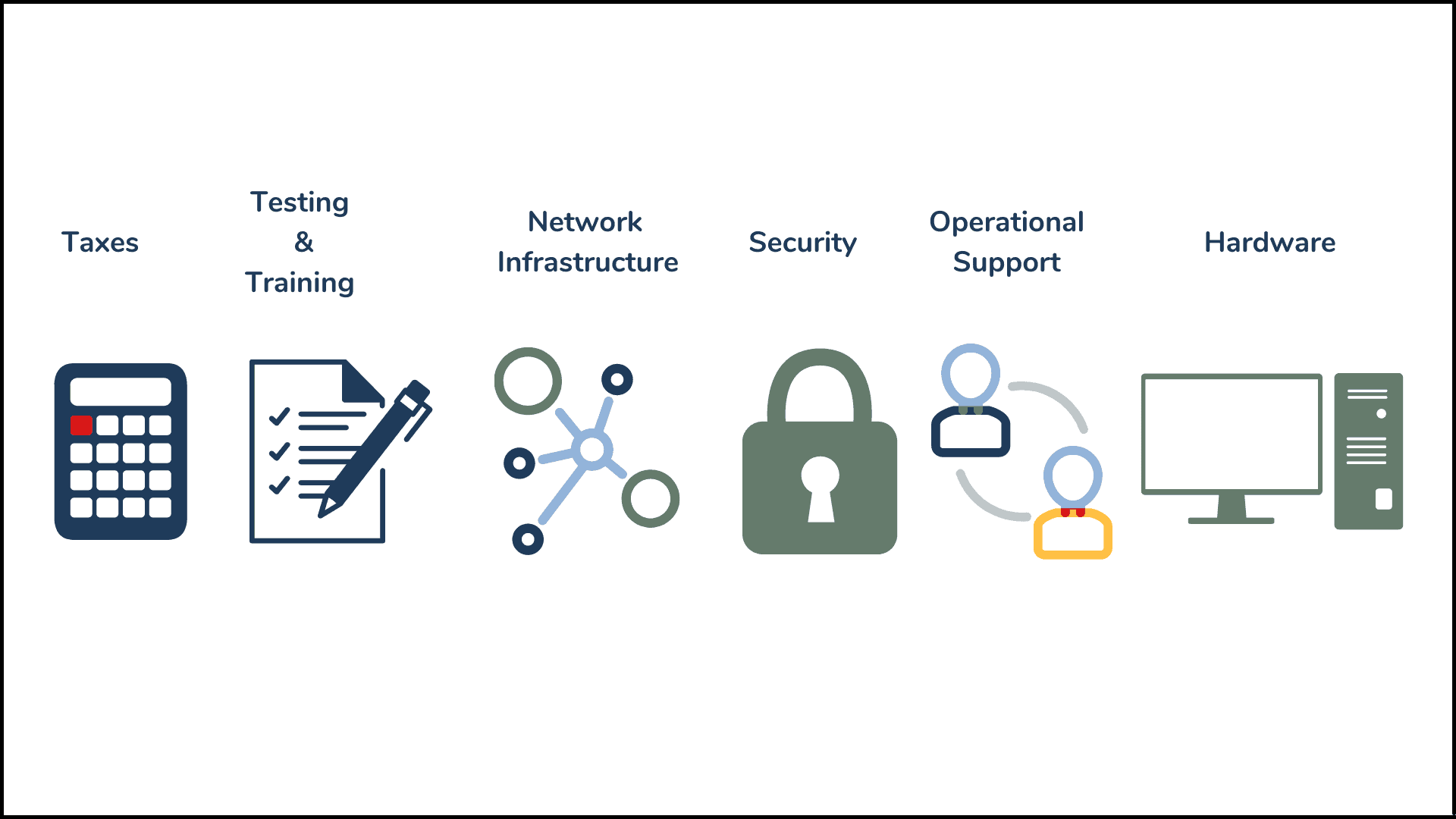Dominic Pasta has a lot of knowledge when it comes to technology transformations. With experience at Groupon, Rocket Mortgage, and Aon, Dominic is no stranger to contact center transformation. On episode 3 of the Catalyst Club Podcast, we discussed an increasingly important question in the CX space: Is it better to build or buy your contact center solution? Dom shared advantages and disadvantages to both approaches.
There was just too much to discuss during our conversation so decided to take a deeper dive on a couple of topics in a follow-up Q&A.
1. There’s a lot of noise in the CX/CCaaS space. How can CX leaders learn more about potential solutions to determine if buying software or building a contact center is the right path for them?
I think there are a few things CX leaders can do to navigate the client experience technology space. First, I typically like to periodically review new SaaS providers as they enter the market, identify the areas they are trying to exploit or differentiate themselves and understand how that plays out in the wider industry. It gives a pulse on the industry direction, and where you can go to the market to leverage bought technology to drive value vs. building in-house. Second, I like to attend industry events and conferences, network with other peers, and talk through how they are solving similar challenges to me. Nothing tends to beat experience in the space, and this can be extremely valuable and carving through the noise. Speaking of experience, I also highly recommend engaging a firm that specializes in the CX/CCaaS space. Having a firm that has been through the trenches, multiple times, with multiple different challenges can help ensure you are making the right decision on the buy vs. build strategy at your firm.
2. No matter what route you take to get there, what are some ways to remove friction and increase adoption when launching a new contact center?
There are a lot of challenges to ensuring the successful adoption of a new contact center, but I think the primary focus is ensuring you’ve set up a collaborative environment across all stakeholders required to realize this through to delivery. Everyone who will be responsible for the successful delivery of the platform, regardless of at what stages, should be engaged up front and kept informed of progress as the project moves towards completion. Further, focus on the value of the delivery, not just the technologies/features you are delivering. The concept of “what’s in it for me” and “where will this take us” drives excitement towards adoption, not just another forced technology platform that needs to be used day-to-day.
3. You mentioned that buying a solution from a CCaaS vendor means that updates are pushed through on the vendor’s schedule. How can customers advocate for their needs and goals when working with a CCaaS vendor?
Typically there are two forums for ensuring your organization’s needs are heard by third-party vendors. First, and most primary, is your success rep which most SaaS firms provide with their product. Leverage your success rep in the same way you would an internal resource. They should fully understand your strategy, vision, and where you are looking at taking the client and agent experience in the future. This should be irrespective of whether or not their technology solves that vision in part or in its entirety. This helps the rep work with their resources to find optimal ways of leveraging their platform, in conjunction with other systems, to meet those requirements while also ensuring that gaps in the system they see are pushed to internal product teams. Customer Advisory Boards are the second forum I’ve seen be extremely successful. It tends to be a structured 2 – 3 day offsite where you sit with other users of the platform, and help carve out the roadmap and features for the next year. It also gives you the ability to understand how other users of the same system are solving similar problems, and collectively helps ensure the product vision is driving in the direction the wider user base is expecting.
4. At the end of your conversation, you touched on the idea of technical debt. What are some ways CCaaS leaders can avoid technical debt?
I think there are two things CCaaS leaders can do to help avoid technical debt. First, have a long-term vision of the experience you are driving towards, how you plan to operationalize that experience, and what value is underpinning it. After that, ensure every decision that is made is driving towards that vision. We tend to get caught up in the day-to-day, the immediate “this is a problem now”. Well, those problems tend to result in band-aid solutions as well as resources pulled from that longer vision. An accumulation of these band-aids is the first way you end up with massive tech debt. Second, double and triple check those “must have customizable features” are really necessary. The “my contact center is different because…so I absolutely need this feature” tends to not pan out as the industry evolves, and those customizable aspects of the system become hard to unwind and take advantage of new innovations in the space as they become available.


.png)


